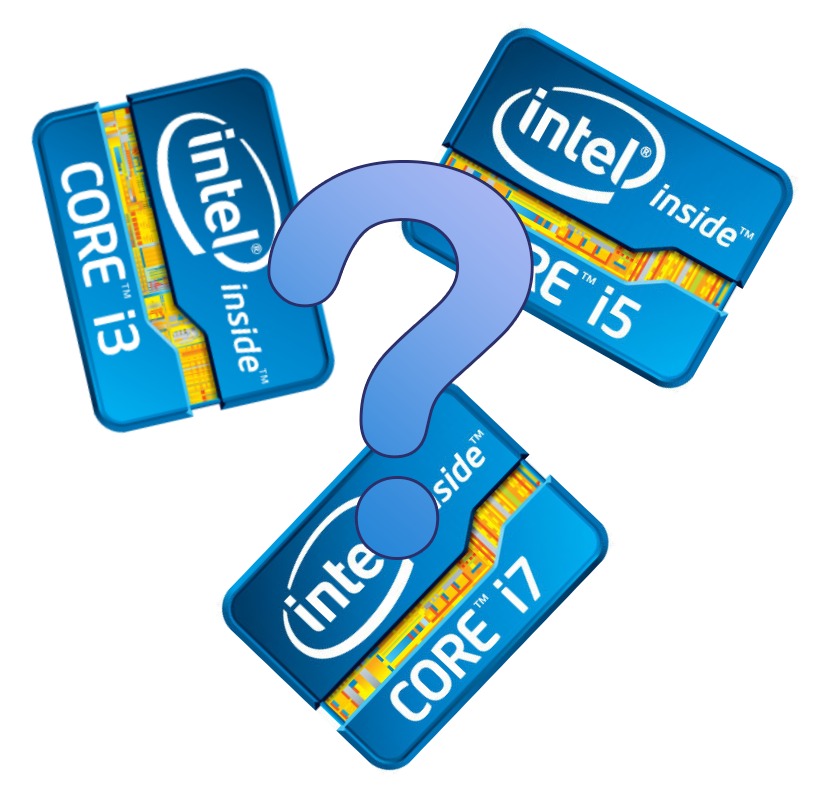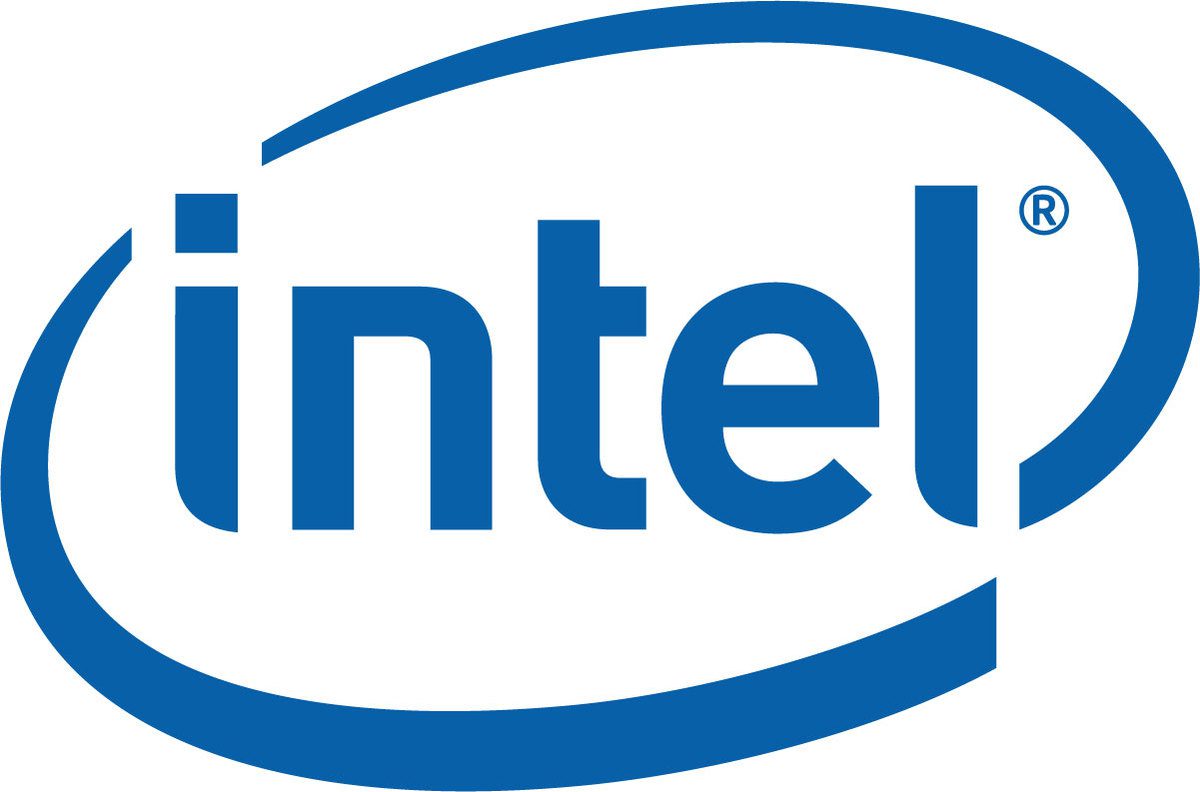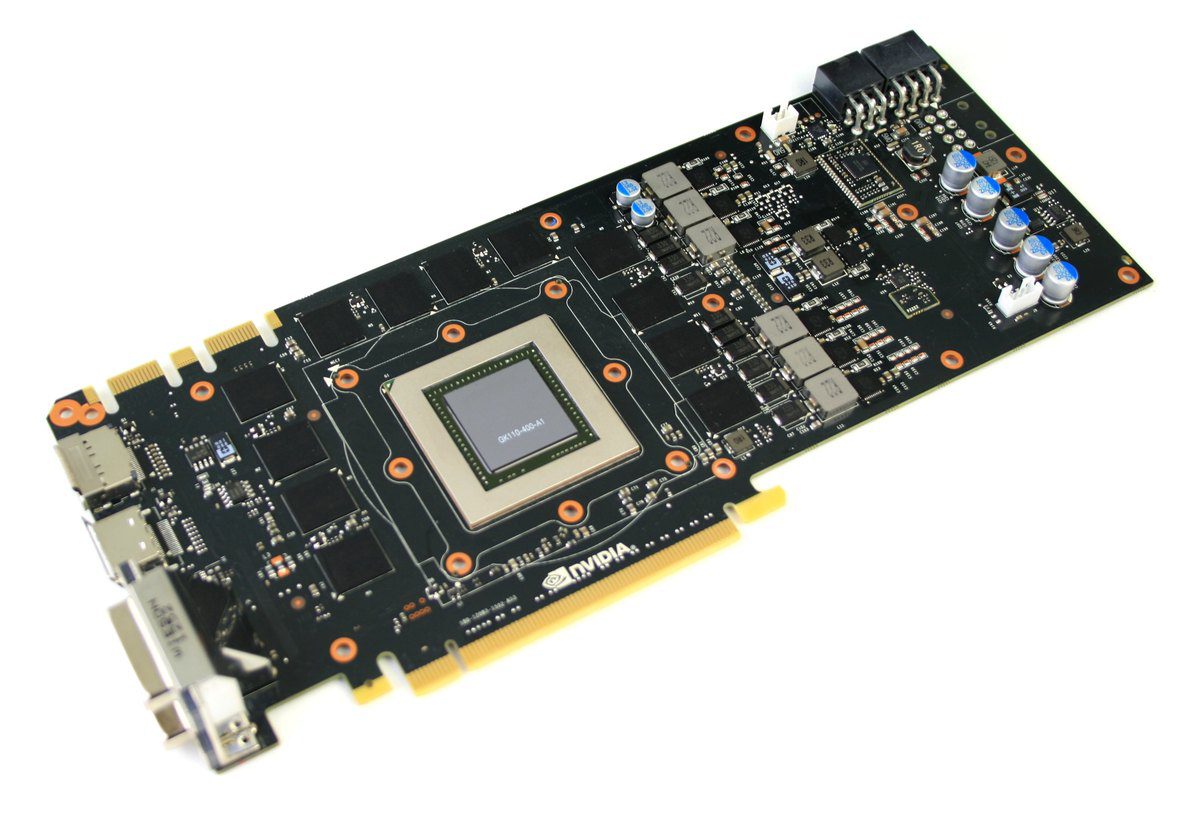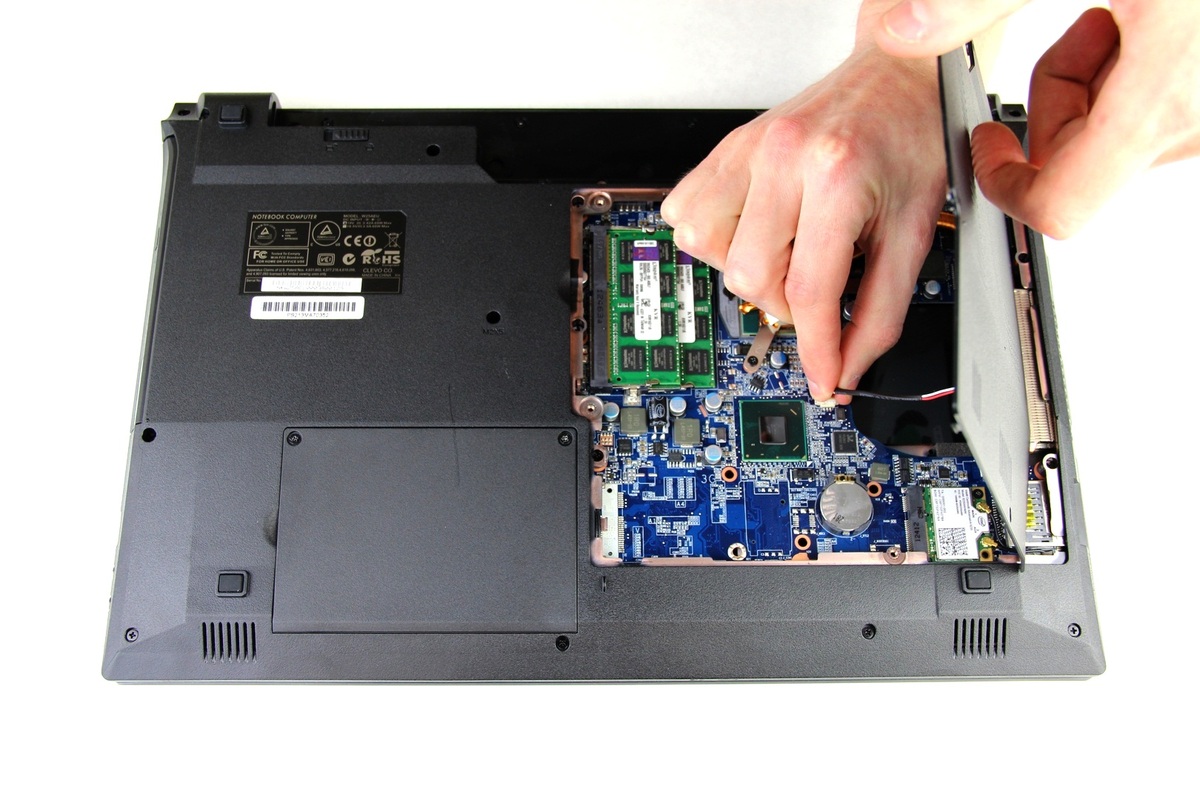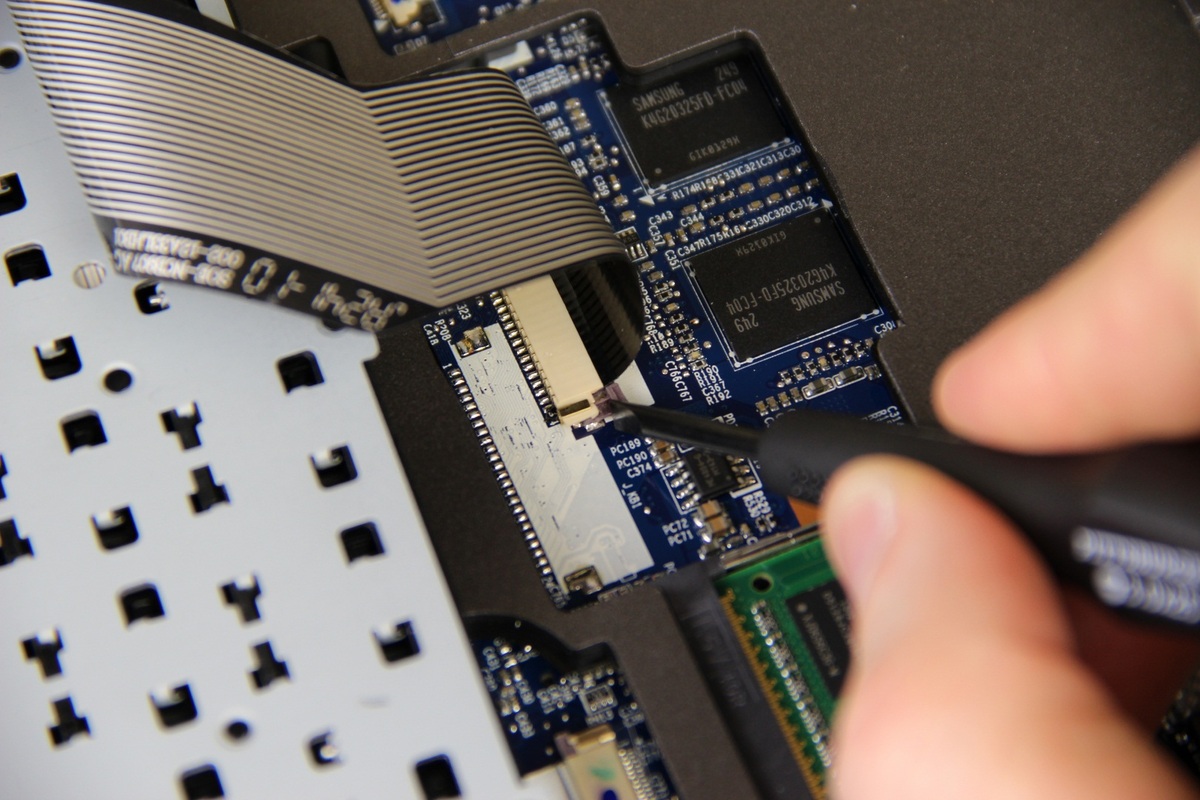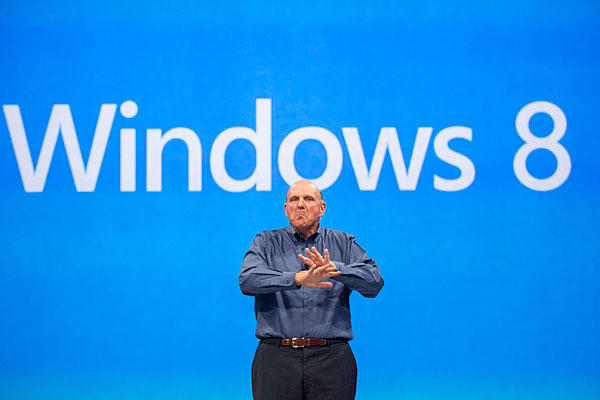Intel has been using the i3, i5, and i7 naming scheme for their CPUs for quite a while now, but what these labels mean tends to slowly change over time as new features are introduced or older ones get replaced. On top of this, the naming scheme between desktop and mobile CPUs is often different as well. In this article, we will go over what differentiates i3, i5, and i7 processors for both mobile and desktop Haswell CPUs.
